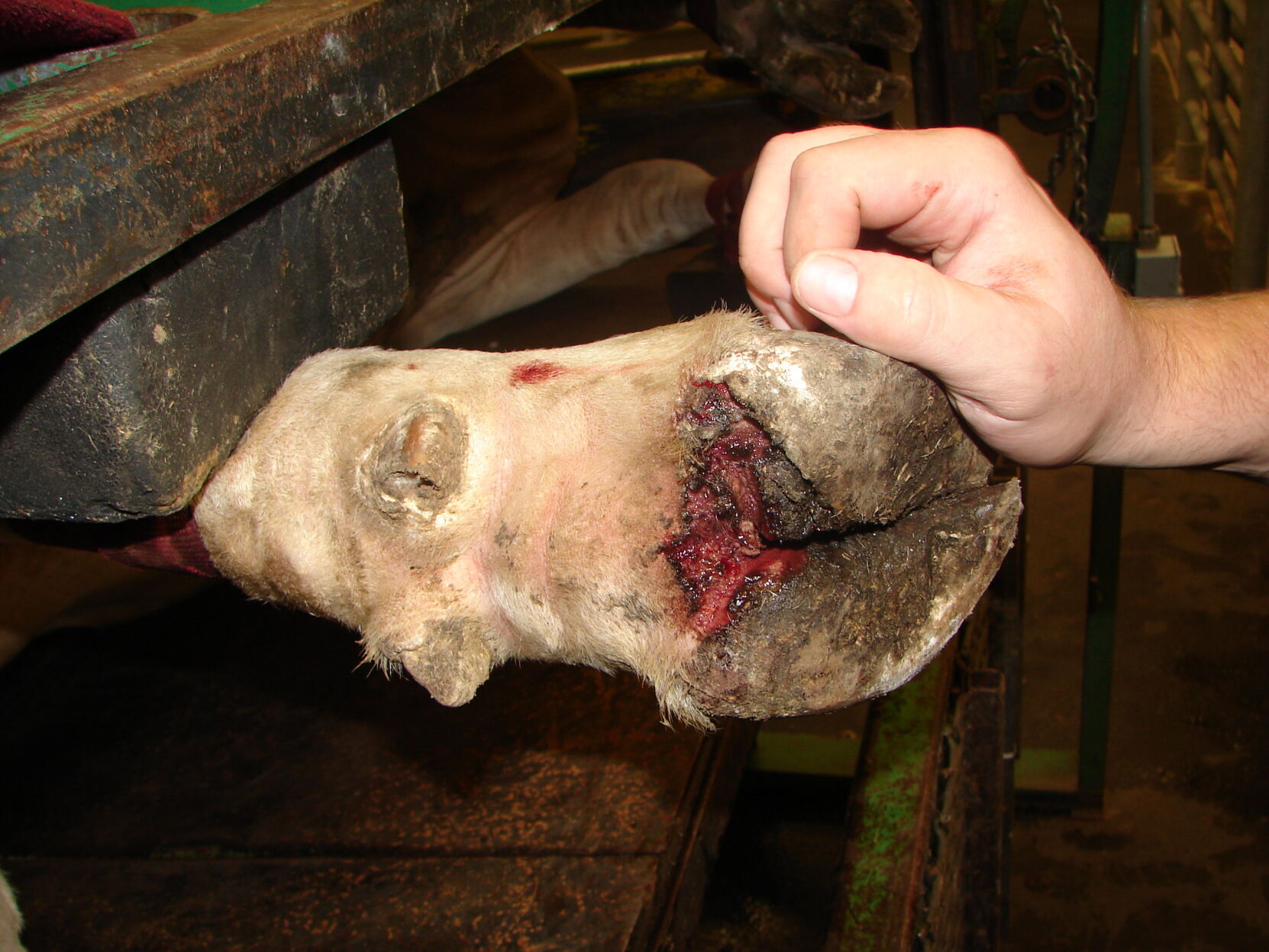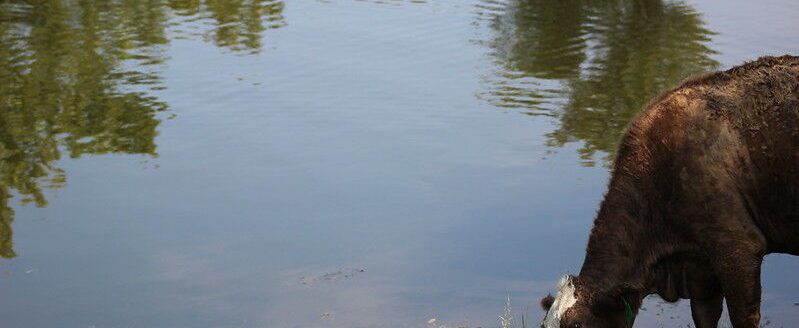Blisters and sores on the feet often make people adjust their gait to avoid painful steps.
In much the same way, cattle experiencing open sores on their hooves will oftentimes appear lame, according to Brian Lubbers, K-State veterinarian speaking on a recent Beef Cattle Institute Cattle Chat podcast.
Lubbers said cattle in confinement situations can experience papillomatous digital dermatitis, which is commonly known as hairy heel wart or sometimes strawberry foot disease.
“More commonly seen in dairy cattle, hairy heel wart can afflict beef cattle, especially those housed in a feedyard or dry lot,” Lubbers said.
If the cattle are not moving well, Lubbers said producers and their veterinarians should examine the bottom of the hoof.
“The disease presents itself as a proliferative lesion, meaning it can be seen as an external growth,” Lubbers said.
He described it appearing like a strawberry cut in half and put on the soft tissue part of the foot, or sometimes it appears as an overgrowth of abnormal hairs on the back of the hoof.
“These lesions are extremely painful for the animal and are most likely the result of a bacterial infection,” Lubbers said.
With one or two affected animals, treatment can be managed with a topic antibiotic under a bandage wrap, Lubbers said. However, if there are many in the herd experiencing this condition, footbaths are a treatment option.
“Typically, when an operation has cases of hairy heel warts, it quickly becomes a whole herd issue,” Lubbers said. “If you suspect there are cases in your herd, work with your veterinarian to come up with the best treatment protocol.”



